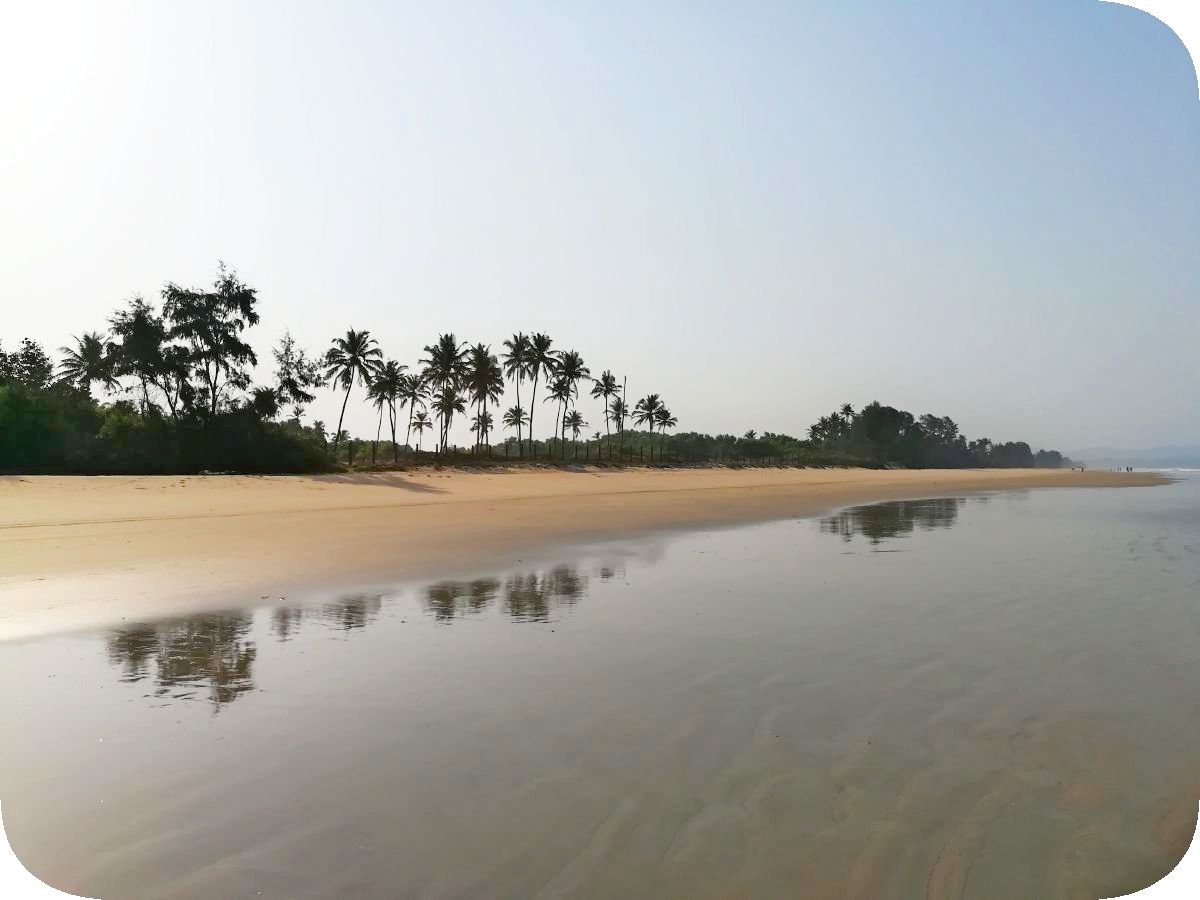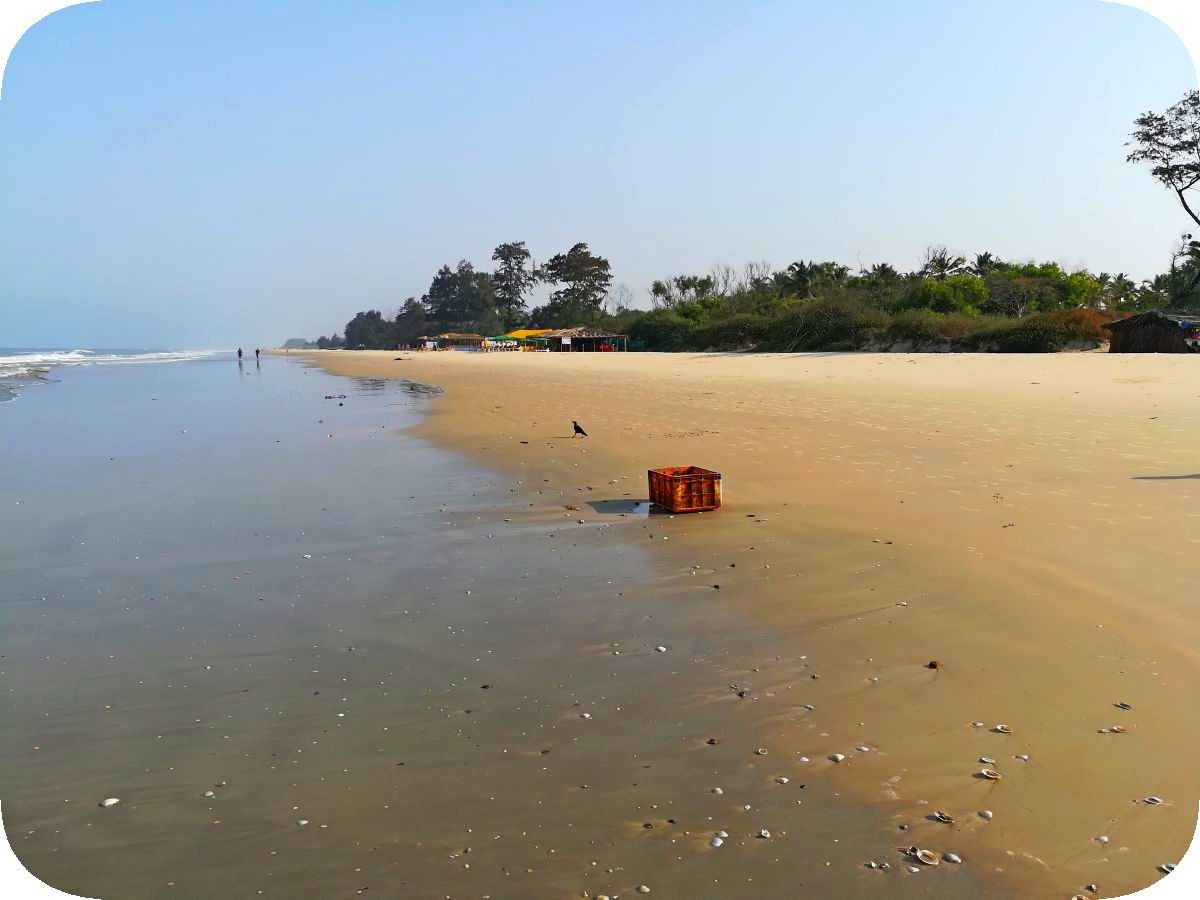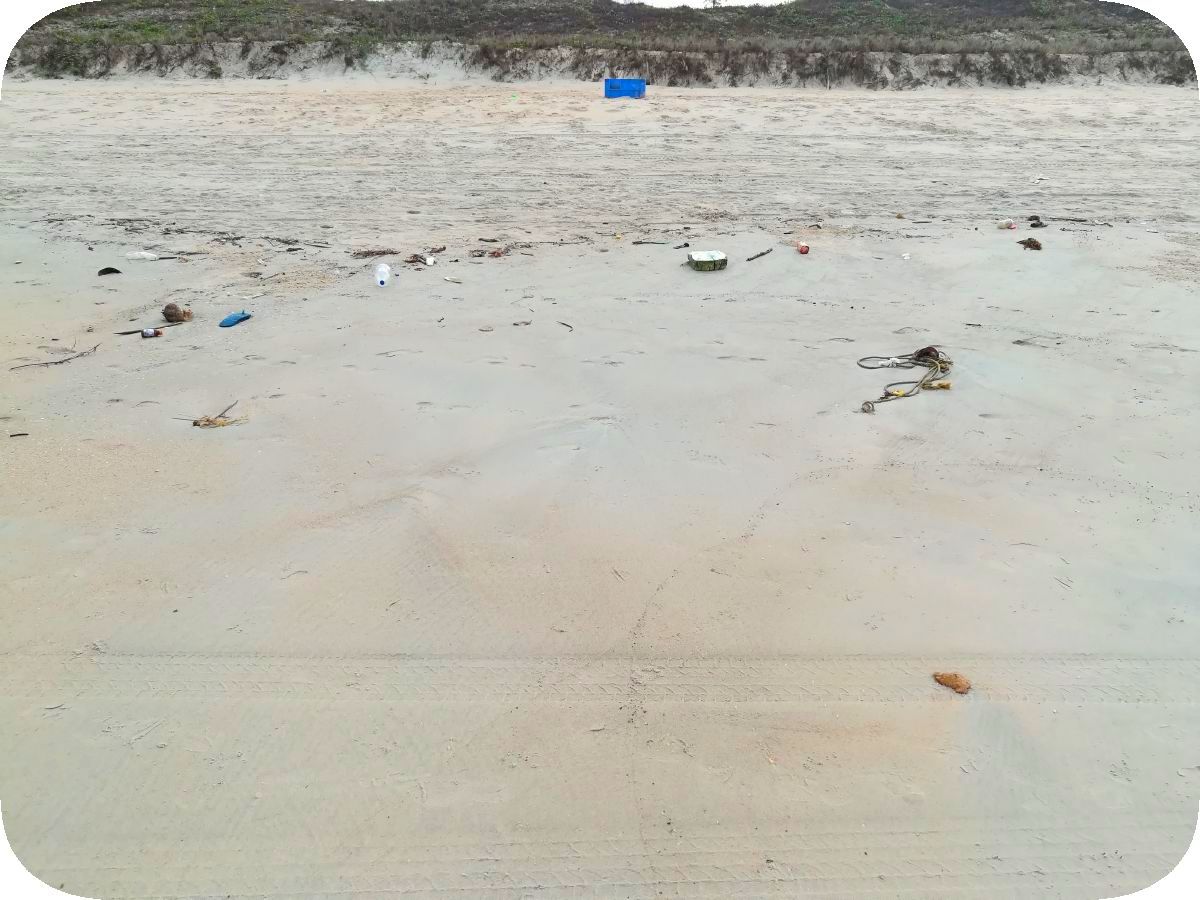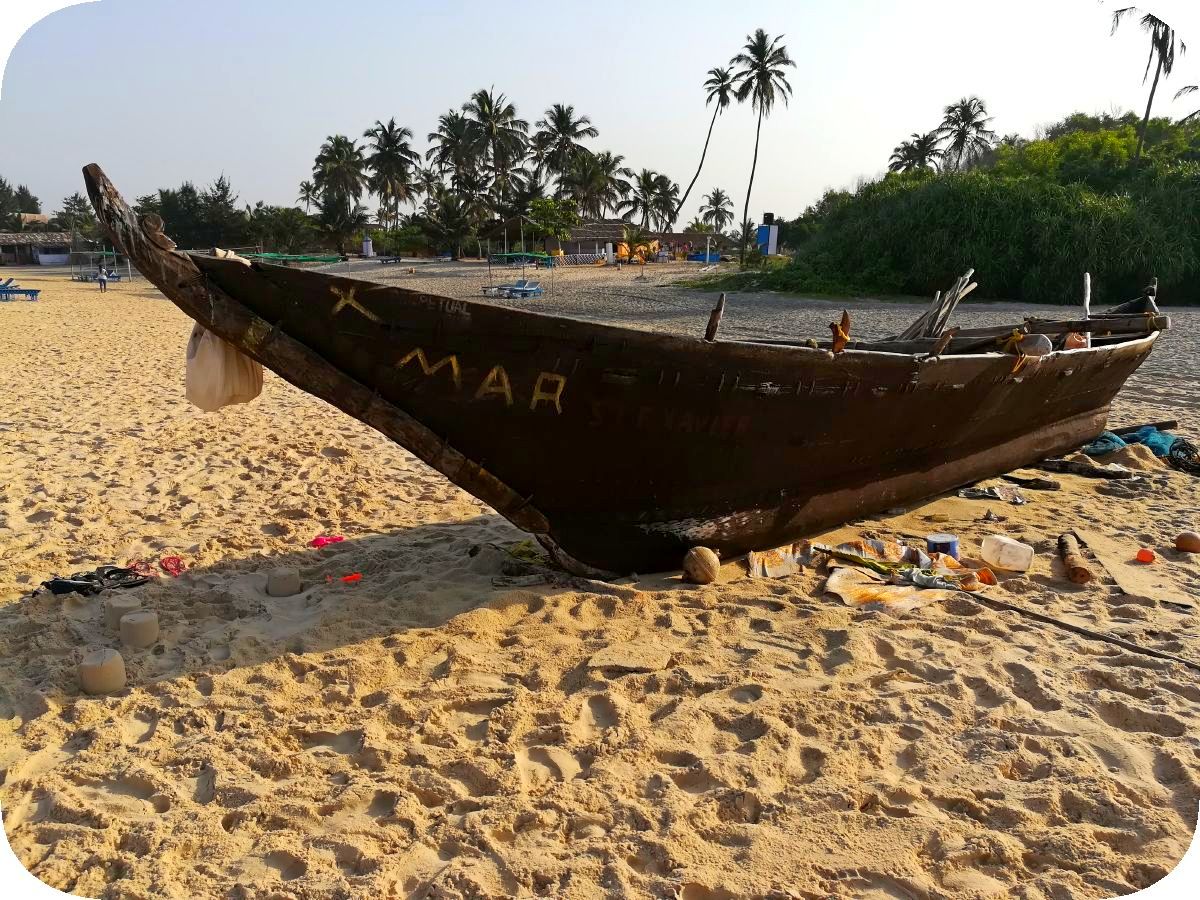HALLO.HIVE!
The world is deeply mired in garbage. The plastic world has won... (C). In India, there are mountains of garbage, and I am not even talking about Mumbai and other large cities drowning in human waste, but about ordinary resort villages on the shores of the Arabian Sea. Sooner or later, this garbage ends up in the water. First of all, we are talking about plastic bottles for water and packaging flying in gusts of wind (all kinds of chips and other food in rustling bags). At first, this is very noticeable and for some, India becomes synonymous with a hotbed of dirt and unsanitary conditions, but then you get used to it. Garbage, skinny cows, dry red soil. The times are such that garbage is everywhere. Take a closer look at your yard, there are also piles of garbage, and bags fly around near the garbage dumps and rats roam freely. It's just that when there is snow and it covers this disgrace, it seems clean. But in Goa there is no snow, so the garbage lies there in the sun non-stop. There is a different story - seasonal rains. Okay, closer to the topic, what is the garbage like on the beach of Zalor and Varka? We have seen garbage in varying quantities in all countries - in Cuba, and in Turkey, and in Sri Lanka, in Vietnam, etc. Perhaps there was no garbage on the island in the Maldives (but there was some in Male too!), but there was a small island there that workers cleaned from morning to evening.

It would seem to be an ideal picture. The wet mirror of the sand is smoothly licked by the waves of the sea (if anyone did not know, then in Goa it is the Arabian Sea, not the Indian Ocean, as if formally the water is the same, but geographically it is correct like this) to a shine. There is no garbage here! Partly, there is not so much garbage here on Zalor only because the beach is not crowded. But the main garbage is not from tourists. Tourists do not often behave like pigs. The local aborigines litter.

They are interested in the sea only as a way to catch fish, Indians do not swim in the sea, they only gurgle right in their clothes at the edge of the surf, going into the water no deeper than their waists. Fishing flourishes in populated areas along almost the entire coast of Goa. This is hard work that does not bring fabulous profits, but allows you to somehow pull up your pants and survive. Tourists, like no one else, support the fishing industry of Goa, because most of the catch goes to beach cafes. We are talking about decent fish that can be sold - all sorts of barracudas and tunas. The Indians consume the basins of small fish themselves. You can often see a picture of a fishing boat mooring to the shore, some women with basins immediately appear and cheerfully carry out and carry out the catch from the beach in these very basins. And then the boat is pulled ashore, the fishermen repair and dry the nets, crows fly around. For some reason, there are almost no seagulls here. And the fishermen always leave a lot of garbage.

The remains of rotten gear, ropes, nets, some plastic bottles, fragments of buoys, all sorts of junk. And it is clear that crushed fish and other marine wealth from the catch are washed ashore. Crows and crabs clean up this natural theme, but sometimes even they do not have time to cope.

●
..to be continued...
Die Welt steckt tief im Müll. Die Plastikwelt hat gewonnen... (C). In Indien gibt es einfach Müllberge, und jetzt spreche ich nicht einmal von Mumbai und anderen Großstädten, die in menschlichem Abfall ertrinken, sondern von gewöhnlichen Feriendörfern an den Ufern des Arabischen Meeres. Früher oder später landet dieser Müll im Wasser. Die Rede ist zunächst einmal von in Windböen umherfliegenden Plastikwasserflaschen und -verpackungen (allerlei Chips und andere Lebensmittel in raschelnden Tüten). Das ist zunächst auffällig und für manche wird Indien zum Synonym für eine Brutstätte von Schmutz und unhygienischen Bedingungen, aber dann gewöhnt man sich daran. Müll, magere Kühe, trockene rote Erde. Die Zeiten sind heutzutage so, dass überall Müll liegt. Schauen Sie sich Ihren Garten genauer an, dort liegen auch Müllhaufen, in der Nähe der Müllhalden fliegen Säcke herum und Ratten laufen frei umher. Es ist nur so, dass, wenn der Schnee liegt und dieses Durcheinander bedeckt, es sauber erscheint. Aber in Goa gibt es keinen Schnee, also liegt ununterbrochen Müll unter der Sonne. Es gibt eine andere Geschichte – saisonale Regenfälle. Okay, näher am Thema: Was gibt es mit dem Müll am Strand von Zalor und Varka? Wir haben in allen Ländern Müll in unterschiedlichen Mengen gesehen – Kuba, Türkei, Sri Lanka, Vietnam usw. Nur dass es auf der Insel auf den Malediven keinen Müll gab (aber in Male gab es auch welche!), aber es gab eine kleine Insel, die von morgens bis abends von Arbeitern gereinigt wurde.
Es scheint ein perfektes Bild zu sein. Der nasse Sandspiegel wird sanft von den Wellen des Meeres geleckt (falls es jemand nicht wusste, dann ist es in Goa das Arabische Meer, nicht der Indische Ozean, als ob das Wasser formal dasselbe wäre, aber geografisch ist es so korrekt ) zum Leuchten bringen. Hier gibt es keinen Müll! Teilweise gibt es hier auf Zalor nicht viel Müll, nur weil der Strand nicht überfüllt ist. Aber der Hauptmüll kommt nicht von Touristen. Touristen benehmen sich nicht oft wie Schweine. Müll der einheimischen Ureinwohner.
Sie interessieren sich nur für das Meer, um an Fische zu kommen; Indianer schwimmen nicht im Meer, sie gurgeln nur in ihrer Kleidung am Rande der Brandung und tauchen nicht tiefer als bis zur Hüfte ins Wasser. Der Fischfang floriert in besiedelten Gebieten an fast der gesamten Küste Goas. Das ist harte Arbeit, die keine sagenhaften Gewinne bringt, aber sie ermöglicht es einem, irgendwie die Hose hochzuziehen und zu überleben. Touristen unterstützen Goas Fischereiindustrie wie keine andere, da der Großteil des Fangs an Strandcafés geht. Die Rede ist von anständigem Fisch, der verkauft werden kann – alle Arten von Barrakudas und Thunfisch. Die Indianer verzehren selbst Becken mit kleinen Fischen. Oft sieht man ein Bild von einem Fischerboot, das am Ufer festmacht, sofort tauchen einige Frauen mit Becken auf und führen mit denselben Becken fröhlich den Fang vom Strand aus aus. Und dann wird das Boot an Land gezogen, die Fischer reparieren und trocknen ihre Netze und Krähen schweben herum. Aus irgendeinem Grund gibt es hier fast keine Möwen. Und die Fischer hinterlassen immer viel Müll.
Überreste von verrotteter Ausrüstung, Seilen, Netzen, einigen Plastik-Auberginen, Bojenfragmenten, allerlei Müll. Und es ist klar, dass zerknitterter Fisch und andere Meeresgüter aus dem Fang an Land gespült werden. Krähen und Krabben beseitigen dieses natürliche Thema, aber manchmal haben sie keine Zeit, damit umzugehen.
●
..fortgesetzt werden...
